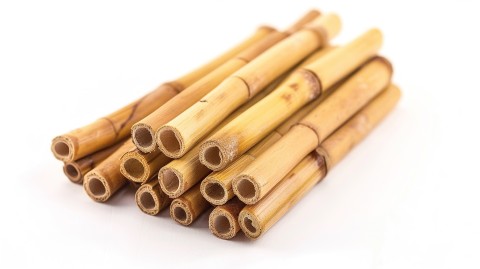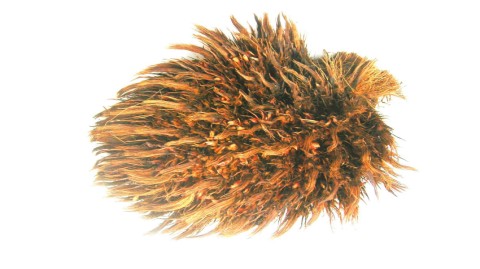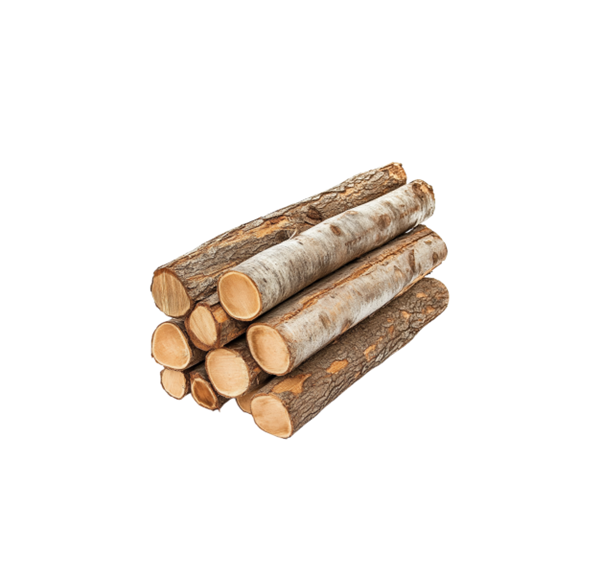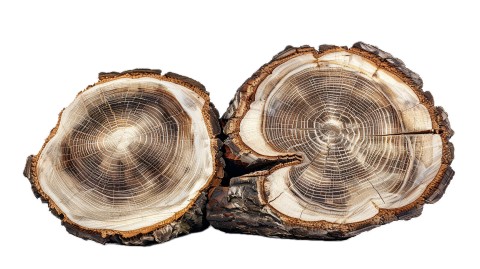Biomass
Pyrolysis can turn a range of biomass to biochar, but with differing characteristics and processing required.

Unlocking the hidden value in your waste
Whether plant matter, animal products or even manure, all biomasses contain carbon which was once absorbed from the atmosphere, and it is this crucial resource that is undervalued with methods of disposal which allow it to return there.

What type of biomass is suitable?
While most biomasses can be pyrolysed, the nature, quantity and structure of it will have an important impact on the operations and business model at a plant. Key qualities we look for are:
The higher the better, but in general being over 12 MJ/kg on a dry basis will keep the process self-sustaining.
After drying, we look for feedstocks to be under 15% moisture to keep the process efficient. The more moisture, the more drying needed, which will require more energy.
The more carbon, the more carbon removal and corresponding income from carbon credits. We usually look for upwards of 25%.
The minimum to make a plant viable is 2,400 tonnes per year after drying.
To ensure compliance with the carbon methodologies and receive carbon credits, the feedstock should not already have an environmentally positive endpoint.
What about your waste biomass?
Our experts can discuss its suitability, preparation and any modifications needed to make the most of it.
Examples of suitable biomass

Chicken manure typically applied as fertiliser

Oversize green waste, including whole tree, brash or compost tailings

By product of waste water treatment

Offcuts and culms from sustainable agroforestry

Hard protecting coverings of grains of rice

Horse and pig manure collected from farms

Empty Fruit Bunches from palm residue

Fibrous material left after processing sugarcane or beet

Fish manure produced from aquaculture

Hemp-derived by-products that are discarded during production

Dead trees cleared out for replantation

Wood shavings, chippings and saw dust discarded during operations

Dead Oil Palm Trunks cleared for replantation

Outer shells that are a by-product from the oat-milling operation

Ash trees infected with Ash Dieback disease

Residue from Anaerobic Digestion (AD) plant operations

Current uses
As an environmentally positive solution, it is important to consider the current uses of the biomass.
Ideal sources of biomass are currently destined for disposal or incineration. Using these ensures that we don't have any negative environmental, social or economic impacts on existing supply chains.
Biomass containing high protein, for example, may deliver more value if it returned to the food chain.
As a company that firmly believes in the principle of Triple Bottom Line (Planet, People, Profit), this choice ensures that we support profitable projects without doing injustice to the planet and its people.
Take a look at some of our projects to see what we're up to!






